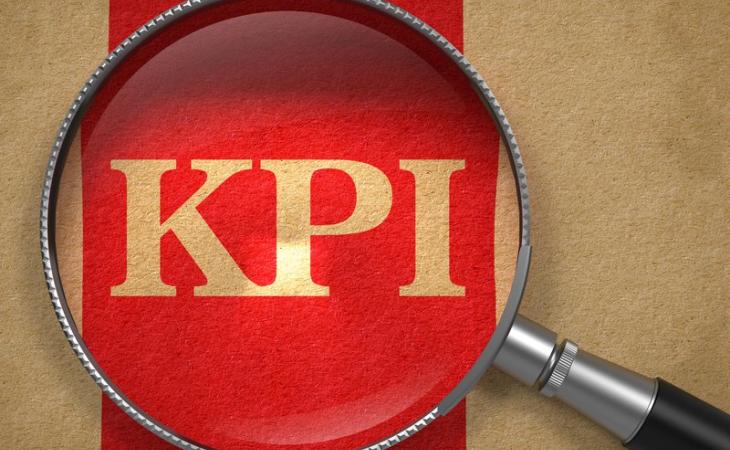This website uses cookies so that we can provide you with the best user experience possible. Cookie information is stored in your browser and performs functions such as recognising you when you return to our website and helping our team to understand which sections of the website you find most interesting and useful.
News
KPIs and Goals Are Key to Your Sustainability Strategy
We talked in an earlier sustainability post about executing a materiality analysis study to identify your key “hotspots.” With that information in hand, you should now know the most important issues that you need to focus on in the near-term as perceived by your stakeholders. Then, in our last post, we discussed the role of life-cycle assessments and using your LCA methodology to measure your company’s and/or your industry’s performance on your hotspots.
These two studies give you both a perception-driven direction and a scientific, data-driven reality check on where you are and what you need to do next on your journey to sustainable development.
The next step is to pave the path forward by addressing your identified hotspots. That means you need to establish key performance indicators (KPIs) for each hotspot so that your progress is measurable.
Establishing the right KPIs is critical.
A key performance indicator could:
- measure progress over time
- talk about how you’re going to deal with a particular hotspot (i.e., be descriptive)
- relate to the need for product innovation
- reflect the need for additional studies
- tie to acquiring a certification (e.g.,child-labor free or slave-labor free across your supply chain)
- detail the need for enhanced communications
For example, let’s say you have a hotspot that points to emissions. You know your company or industry has significantly reduced emissions in the last 3–5 years and that you have done everything you can do at this time. This points to a disconnect between the perception (an emissions problem) and the reality (progress on addressing emissions). In this example your KPI would be around better communicating to your stakeholders about your accomplishments.
Take as another example a hotspot (e.g., land management) you didn’t even know was a problem before you did your materiality study. The results of your life-cycle assessment should have given you data to calculate the impact of that component in your overall environmental
footprint. You can then take this information to create a program to reduce this hotspot into the future. And you measure that progress by establishing KPIs.
In other cases, your LCA might have identified critical aspects of your production system that need to be changed due to market realities or recent technical studies. Perhaps, for example, you identified alternative products or product innovations that you should be exploring. Again, you need to set one or more KPIs per hotspot.
KPIs are measured by setting goals.
Your key performance indicators are measured by setting goals that are as realistic as possible. These goals then need to be communicated – making your sustainability efforts transparent and making you accountable to your stakeholders.
Goals could be as simple as reducing emissions by 20 percent by 2025 or could be tied to acquiring a certification or “brand seal of approval” that shows that you’re producing your product according to specific sustainability standards set out by a third-party certifier.
It’s time to build your sustainability strategy.
Once you have done your research and compiled all the elements of a sustainability initiative (your materiality assessment, your hotspots, your LCA, and your KPIs), then it’s time to formulate a strategy to identify your company or brand’s sustainable pathway for the foreseeable future.
Your strategy should include a stated position on sustainability, plus a mission and a vision for the company and/or industry related to addressing sustainability. For example, you might believe that “we consider sustainability as the means to learn how to do more with less to address the needs of 10 billion people by 2050.”
Your strategy also has to include your pathway (how are you doing to achieve this vision?) and set out how the various elements of your strategy are going to get you where you want to go.
Finally, it’s important to decide whether your sustainability strategy is a standalone initiative or whether it should be embedded into your business strategy. If it is an industry-wide or market-sector-based initiative, then it generally will be a sustainability-only strategy. However, if you are a company, then you will probably want to have a business strategy that includes sustainability as a pillar driving your business forward. That puts sustainability on an even par with other key business functions and ensures that it is considered and integrated as part of the DNA of everything you do.


